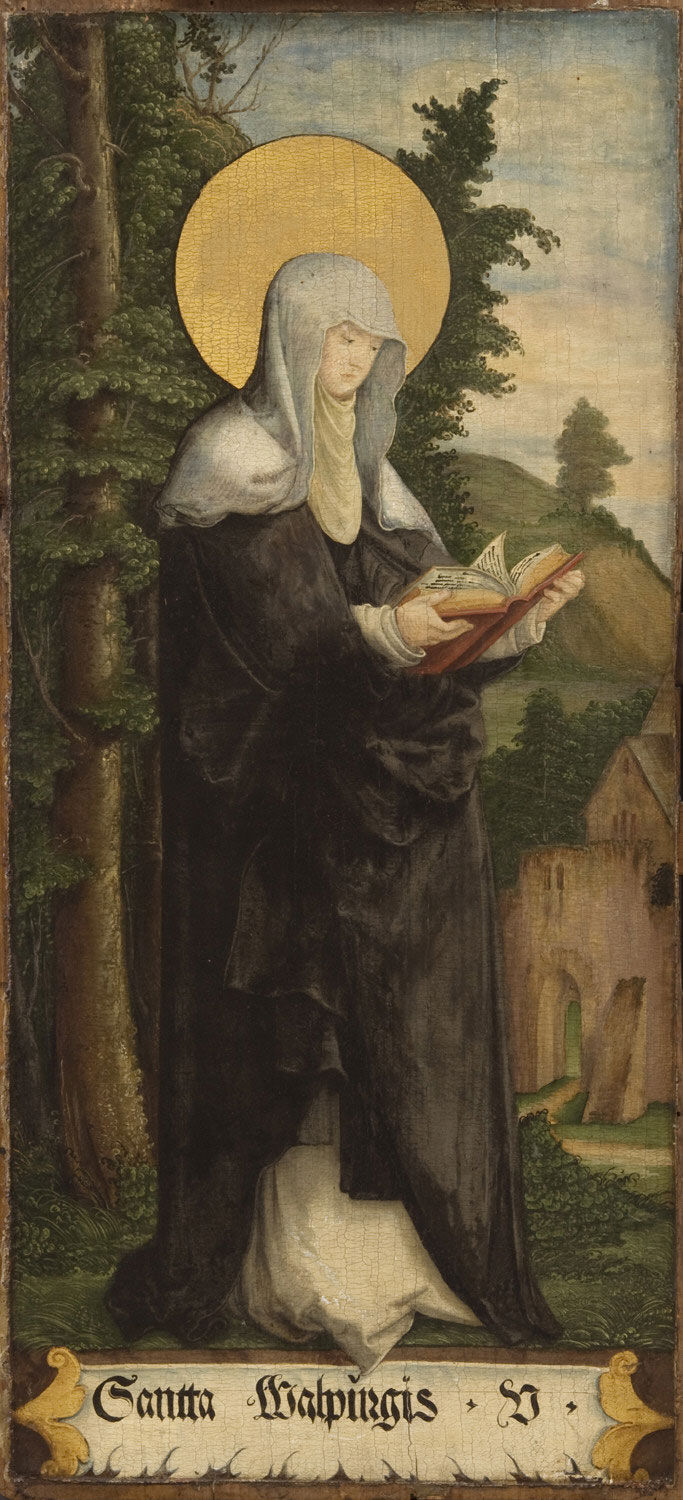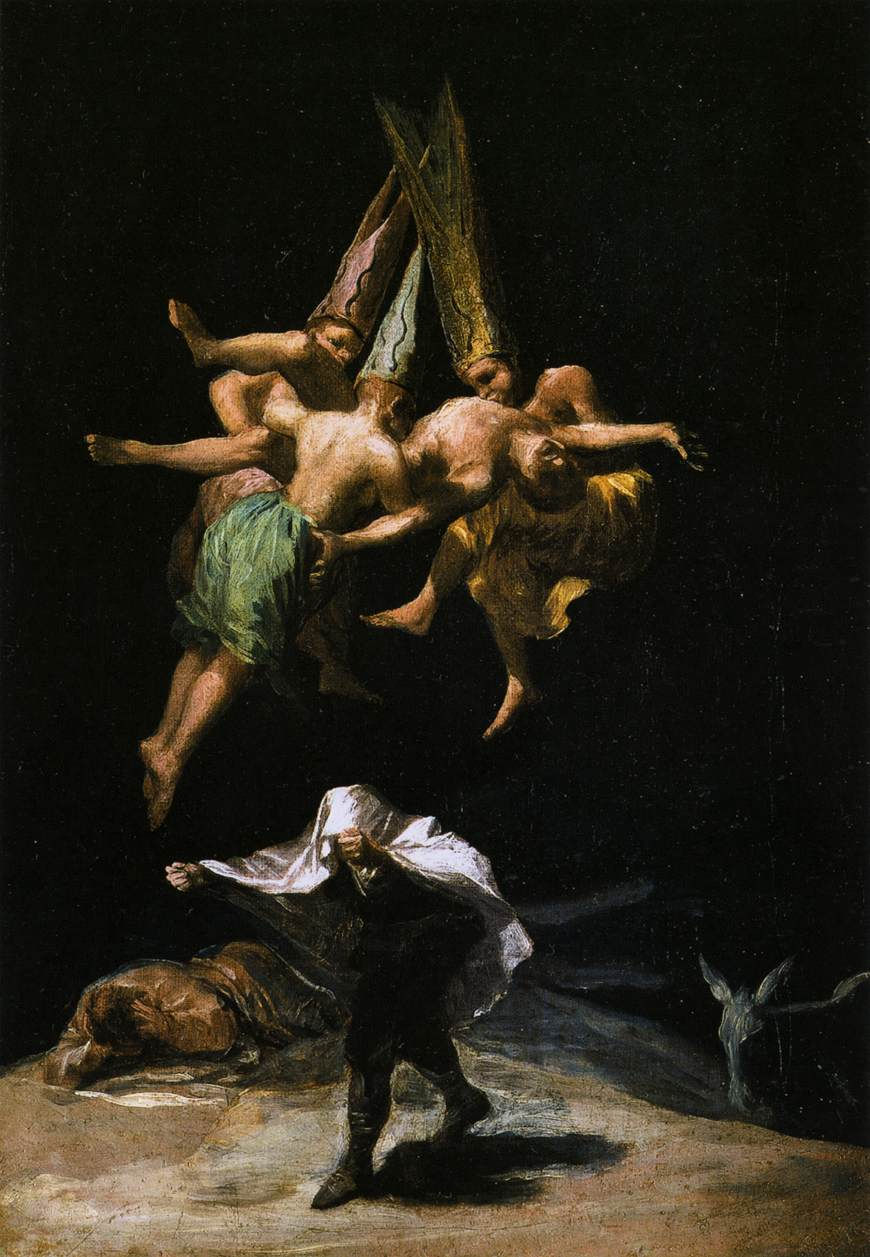Beltane & Walpurgis Night : The Sabbath of Fire & Magic (photo gallery)
- Imaginarium Magazine

- Apr 30, 2022
- 4 min read

Beltane is the seasonal festival that marks the transition to the warmer months of the year and is one of the most important and widespread holidays according to the pagan Wheel of the Year.
Βeltane celebrates the beginning of summer and is often called Mayday since it is celebrated on May 1. The celebration historically and in today's pagan tradition, is associated with the element of fire. Big bonfires are lit at the big Beltane festivals, both for the celebration itself as well as the ritual required.
One such ritual is found in 10th-century Irish sources which mentions cattle around fires where people chant in order to bring protection to their animal in the coming months. Fire is generally considered lucky and protective, which is why many people walk around it or jump over it, a tradition that is still held today during the celebrations of Beltane and May Day in many parts of Europe.

Another important feature is the feast with offerings to the gods and the spirits for a fruitful summer. Regarding the origin of the festival there is a theory that it is connected with the Sun-God called Belanus, god of Celtic mythology. However, there are few sources and historical references about this deity and its association with the early festivals. “Bel” basically means passage, a small gap, while “taine” is the old Irish word for fire.
Another coincidence or connection is the ancient Greek Anthestiria which was celebrated at the beginning of May and was dedicated to the goddess Demeter and her daughter Persephone who that month was coming back from the Underworld and ascending to Earth. Similarly, in ancient Rome, there were festivals called "rosyllia" which were maintained by the Byzantine Emperors later.
According to tradition, the windows and doors are decorated with magic wreaths for the festival. These are not just for decorative reasons but they were believed to offer protection to the home, and in this way the fairies were appeased. In addition to flowers, they also decorated twigs on the doors because they believed that their cows would have good milk production. Even today in Beltane we see similar traditions such as the crowning of May Queen, the dance around the maypole as well as the decoration of bushes and wreaths.

Same as on Halloween, the feast of All Saints, on Beltane it is believed that the veil between the two worlds becomes very thin. Traditions, beliefs and prejudices have been associated with May Day since ancient times.
The eve of May Day is also called Walpurgis night, a night that is inextricably linked to the magical tradition and the sabbaths of witches. The name of the festival comes from St. Valpurga, an English nun and missionary who was sent to Germany and founded a monastery for monks and nuns. Gradually, she spread the Christian faith in pagan Germany, and also became known for her

healing abilities as well as her mission against witchcraft. But how is a feast associated with the gatherings of witches connected with the Saint who prosecuted them? It is not known how the identification took place, but in all likelihood the pagan festivals became entangled with the Christian ones and then were identified.
St. Valpurga was associated with the feast when her relics were transferred to her monastery in German Eichstätt on May 1 and her canonization occurred.
The Sabbath of the witches, on the other hand, that takes place every Beltane eve started from the German tradition. It was believed that witches from all over the world gathered every year at the top of Mount Brocken, where they performed the magical rituals of spring under the moonlight. The first written reference to this belief comes in the 17th century from Johannes Praetorious's The Blocksberg Performance. But the wide spread of myths about witches and their rituals came in the 19th-20th century, probably from the influence of Goethe's Faust. The colonization of paganism gave Walpurgis Night an orgiastic tone as it was believed that witches had orgies with the devil.
The coincidence of the feast of the Saint with the feast of MayDay, led to the celebrations taking place on the first day of May in most of northern Europe. In various places, people went a step further, and so for their protection against witches and evil that were walking free that night -as it is happening on All Hallows Eve-, they lit large fires and made noise or disguised themselves to cast out evil spirits.

Another German tradition, the ankenschnitt, wants people to burn last year's beddings and leave offerings to spirits such as honey, butter, and bread. Also, the dew is considered to have magical properties and whoever bathes with it or washes their face will have fresh and clean skin.
Although Beltane and its popularity are gradually declining with the new era, neo-pagans still follow the tradition and celebrate it widely. In the context of cultural revival, pagans revive old customs but also add new ones to the modern festival.







Imaginarium Magazine Τεύχος 4, Απρίλιου 2021
By Anastasia Diakidi



Comments